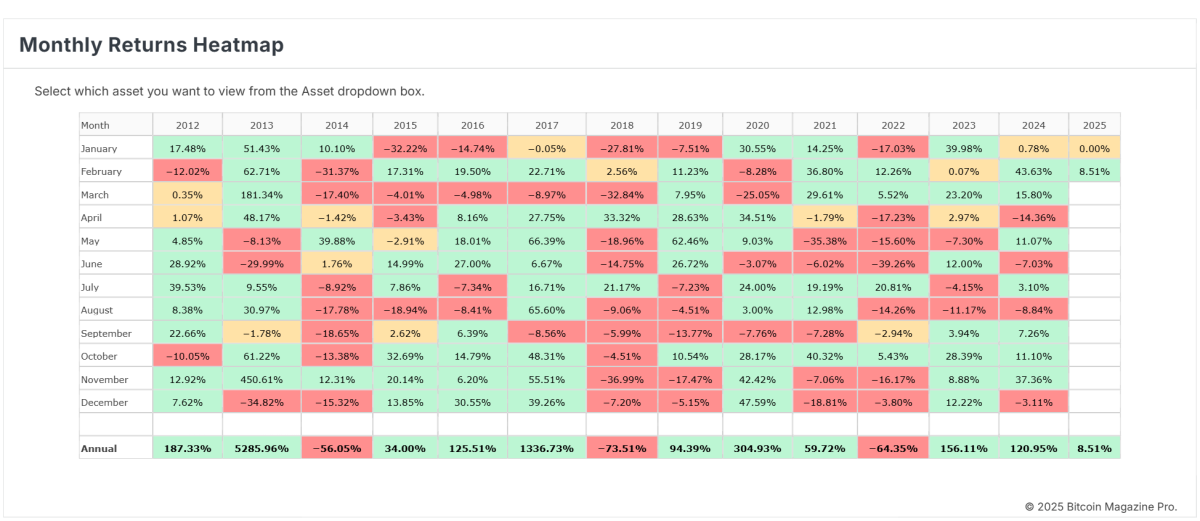Introduction to Digital Banking
Digital banking has fundamentally reshaped the landscape of financial services, marking a departure from conventional banking practices. The transformation began with the advent of the internet, which allowed banks to migrate services online, providing customers with unprecedented access to their accounts and financial information. This evolution has been accelerated by the rise of smartphones and mobile applications, making banking more accessible and convenient than ever before.
The shift toward digital platforms can be attributed to the growing demand for frictionless banking experiences. In recent years, consumers have increasingly sought ease and immediacy in managing their finances. According to recent statistics, over 50% of banking customers now prefer mobile banking over traditional methods. Moreover, a report from the Fintech Association indicates that the digital banking sector is projected to grow at a compound annual growth rate (CAGR) of approximately 11% between 2023 and 2030. This growth can largely be attributed to the proliferation of fintech startups, which are innovating traditional banking processes through technology-driven solutions and personalized services.
These startups have emerged as formidable competitors to established banks, introducing features such as instant transfers, budgeting tools, and tailored financial advice through user-friendly interfaces. Furthermore, they leverage data analytics and artificial intelligence to enhance customer experience and optimize financial management. For many, these innovations represent a significant change in consumer behavior, as individuals are increasingly taking control of their personal finance management through these digital channels.
As digital banking continues to evolve, it is essential to understand not only the technological advancements involved but also their implications for consumer behavior and the broader financial landscape. This comprehensive understanding will provide valuable insights into the future trajectory of banking and finance as we know it.
Mobile Banking: Convenience at Your Fingertips
Mobile banking has revolutionized the way individuals engage with their finances by providing a plethora of features that streamline financial management. With mobile banking applications, users have the power to conduct transactions at any time and from virtually any location. This flexibility enhances convenience significantly, as customers no longer need to navigate traditional banking hours or travel to physical branches to access their accounts. Instead, users can handle essential tasks, such as fund transfers, bill payments, and balance inquiries, directly from their smartphones.
One of the primary advantages of mobile banking is its user-friendly interface, which allows individuals with varying degrees of tech-savviness to manage their finances effortlessly. Applications often include budgeting tools that help users track their spending habits and financial goals, thereby promoting better money management. Moreover, with features like notifications for transactions and low balances, mobile banking allows consumers to stay vigilant about their finances, minimizing the risk of fees or overdrafts.
User experiences highlight a growing satisfaction with mobile banking services compared to traditional banking methods. Many individuals appreciate the speed and efficiency of completing transactions on-the-go, as well as the transparency provided by real-time updates and reports. Surveys have shown that a significant portion of mobile banking users prefer this modern approach, citing the ability to monitor their accounts from anywhere as a game changer in terms of financial freedom and control. Accessibility and security features, such as biometric authentication and encryption, further bolster consumer trust in these applications. As a result, mobile banking not only meets but often exceeds the expectations packed into traditional banking experiences.
The Fintech Revolution: Startups Reshaping Financial Services
The financial technology (fintech) revolution is reshaping the landscape of financial services, driven by a new wave of startups that are leveraging technology to enhance user experience and accessibility. These innovative companies challenge conventional banking institutions by addressing customer pain points with unique solutions tailored to modern preferences. Key players in the fintech arena, such as Square, Robinhood, and Revolut, have emerged with distinct offerings that cater to diverse consumer needs.
One of the most notable trends in fintech is peer-to-peer lending, which connects borrowers directly with lenders through online platforms. This model eliminates the traditional intermediary, enabling lower interest rates for borrowers and potentially higher returns for investors. Companies like LendingClub and Prosper exemplify this trend by allowing consumers to lend money with ease and transparency, fundamentally changing the borrowing experience.
Robo-advisors represent another significant development within the fintech sector. These algorithm-driven platforms, such as Betterment and Wealthfront, provide automated investment advice and portfolio management at a fraction of the cost of traditional financial advisors. By utilizing advanced technology, these services optimize asset allocation and help users achieve their financial goals without the high fees commonly associated with conventional investment firms.
Neobanks, or digital-only banks, are also gaining traction as they provide banking services exclusively through mobile or online platforms, thereby eliminating physical branches. Institutions like Chime and N26 are appealing to tech-savvy consumers who prefer seamless banking experiences supported by features such as real-time transaction notifications and no-fee banking. As these entities continue to grow, traditional banks are compelled to adapt and enhance their services to meet the evolving preferences of their customers.
The rise of fintech startups has created a more competitive market that empowers consumers with choice. As technology continues to advance, the implications for traditional banks are profound, urging them to innovate and re-evaluate their offerings to remain relevant in this fast-changing financial landscape.
The Future of Banking: Trends and Predictions
The banking landscape is poised for significant transformation as emerging technologies continue to shape the way consumers interact with financial institutions. One of the most influential trends is the integration of artificial intelligence (AI) within mobile banking platforms. Banks are increasingly leveraging AI algorithms to enhance customer service through chatbots and personalized financial advising. As consumers become accustomed to personalized experiences across various digital channels, it is anticipated that they will demand similar levels of customization from their banking services.
Another critical advancement is the rise of blockchain technology. By providing enhanced security and transactional efficiency, blockchain has the potential to revolutionize how transactions are conducted. Financial institutions are exploring this technology to facilitate cross-border payments and streamline processes that currently involve intermediaries. This shift towards decentralized finance could lead to reduced transaction costs and faster processing times for consumers, ultimately transforming their financial interactions.
Open banking is also paving the way for a more collaborative financial ecosystem. By allowing third-party developers to access bank data via secure APIs, open banking facilitates the creation of innovative financial products that cater to a diverse range of consumer needs. Retail banks are likely to promote this openness to enhance customer loyalty and offer tailored financial solutions, leading to a more competitive landscape that prioritizes consumer choice.
Consumer behavior is expected to evolve alongside these technological advancements. As digital literacy increases, more users will engage with banking services through mobile devices, demanding robust security measures and seamless experiences. Regulatory frameworks will inevitably adapt to accommodate these innovations and enhance consumer protection, ensuring a balance between technological growth and financial security. In summary, as mobile banking and fintech startups continue to evolve, the trajectory of the banking industry will reflect a profound shift towards a more interconnected, efficient, and customer-centric financial system.










